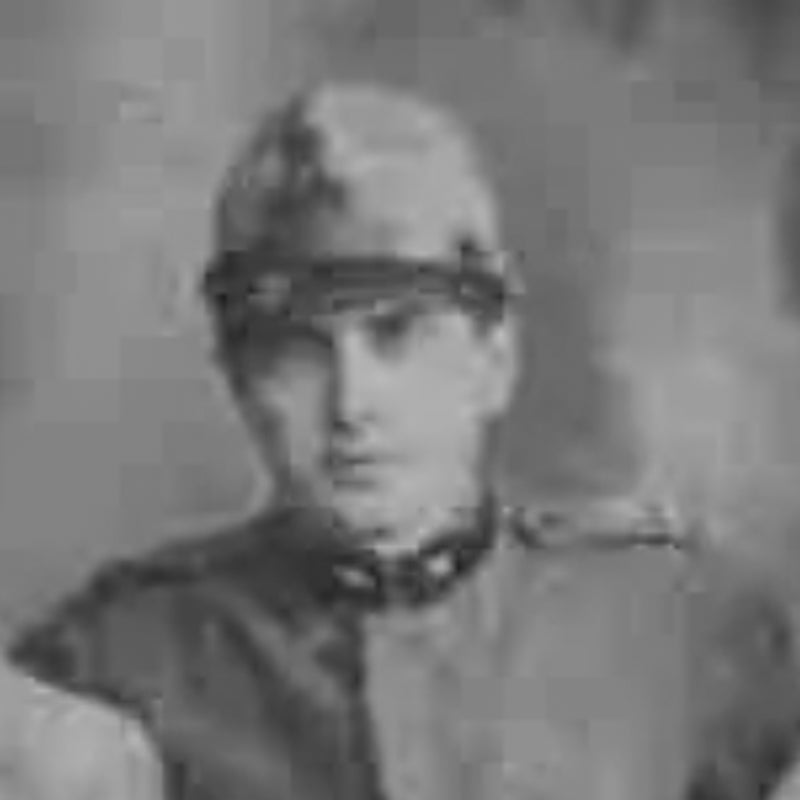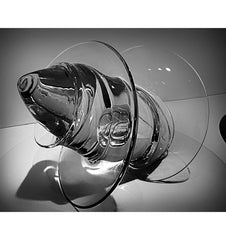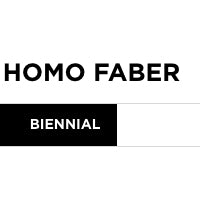
Born in Murano on 13 May 1898 to Vincenzo Barbini and Anna Fuga, he descends from an ancient family of Murano glassmakers who, for more than five centuries, worked in the various sectors of the island's glass production, such as in the production of chandeliers, pearls and various objects, specializing, in particular, in the manufacture of Venetian mirrors .
Guglielmo, who grew up in a large family, began working at a young age, after having attended elementary school, up to the fourth grade, and, like all his brothers, the school for glassmakers founded by Abate Vincenzo Zanetti .
Together with his brother Pio, three years younger than him, he will participate in the Great War.
Back on the island he will resume working as an engraver at the Franchetti glassworks and, subsequently, will start his first activity with Giuseppe D'Alpaos , to whom, shortly after, Decio Toso will join, founding in 1923 the S.A.L.I.R., a renowned artistic laboratory specialized in engraving , carving, enamel decoration and gilding on glass.
Guglielmo will actively participate in the glass production of the factory as an engraver, establishing fruitful relationships with numerous artists and designers of the time, including Dino Martens , Franz Pelzel and Guido Balsamo Stella .
From 1927 he will also collaborate as an engraver in the artistic laboratory of his brother Nicolò Barbini, later called Venetian Artistic Crafts.
In 1929 he married Elena Portelli, daughter of an important cloth merchant in Venice, and in 1930 he exhibited at the XVII Venice Biennale, in the Figurative Arts section.
In 1936, after leaving S.A.L.I.R., he founded his own engraving workshop, the "Barbini Guglielmo", collaborating for a long time with Nason & Moretti for the engraving of glasses, specializing, in particular, in the production of wall mirrors, furniture in crystal and reproducing a rare series of antiques.
His style will be characterized from the beginning by the introduction of classic shapes, made light by his mastery. Guglielmo will also bring considerable innovations in the art of engraving, introducing the use of the sandstone and corundum wheel (still used by Murano artisans) and inventing the mosaic style and French-inspired ground mirrors.
Guglielmo's greatest merit is that of having resumed, together with his brother Nicolò Barbini, the processing of Venetian mirrors , almost completely forgotten at the beginning of the twentieth century.
Guglielmo will work until the age of seventy, after which, he will retire to his house in Madonna dell'Orto, in Venice, together with his wife Elena, spending his days in the company of friends, important Venetian traders, and dedicating himself to what it was his great passion of all time, that is, painting.
She spent the last ten years of his life writing his memoirs, among the frequent visits of numerous grandchildren and great-grandchildren.
He died at the age of 101, in 1999, shortly after his wife.
Related Posts:



